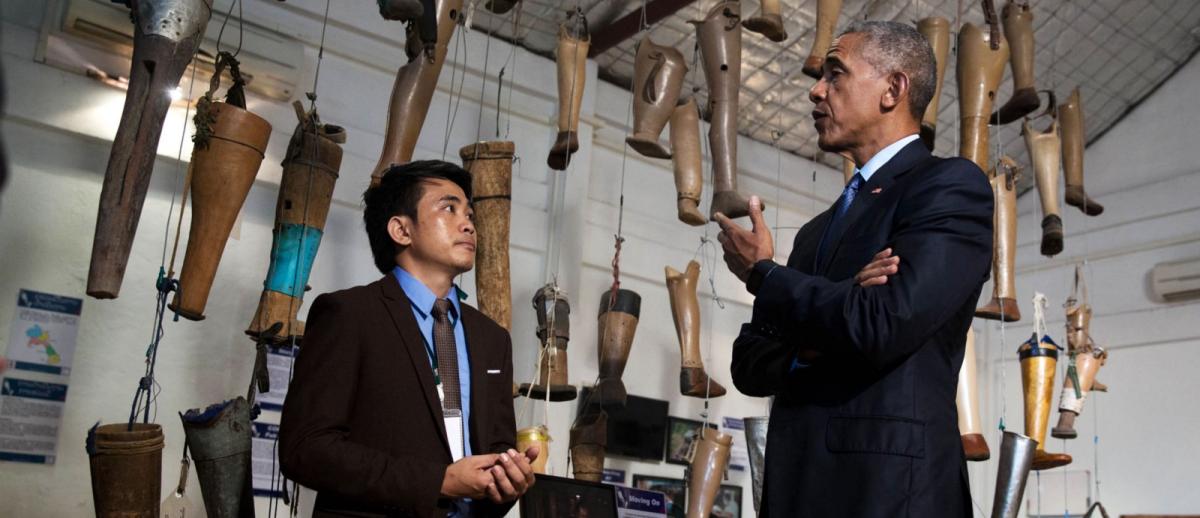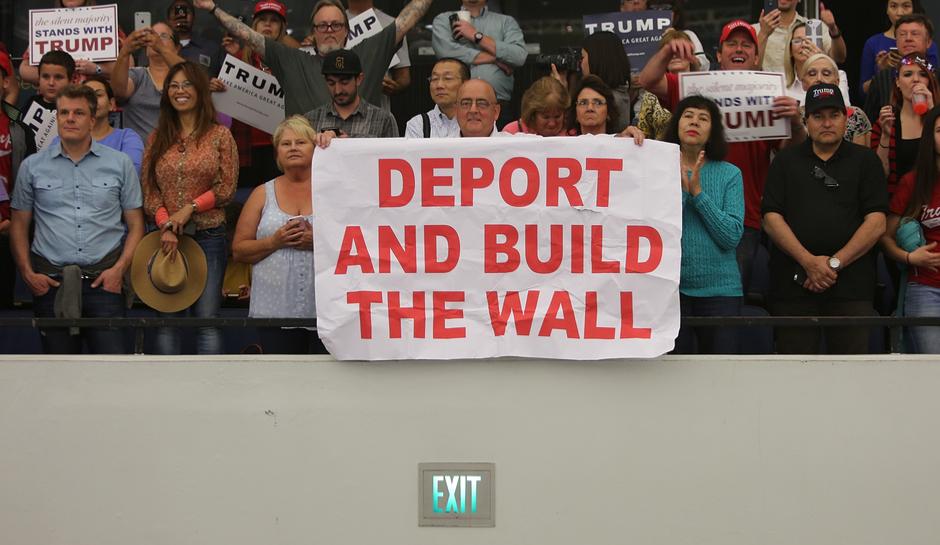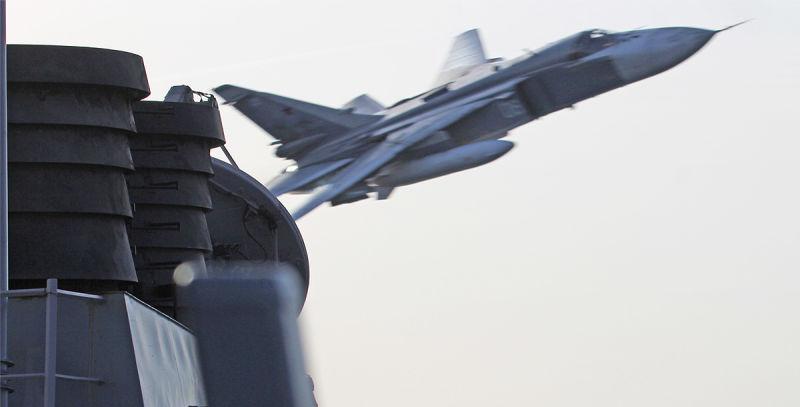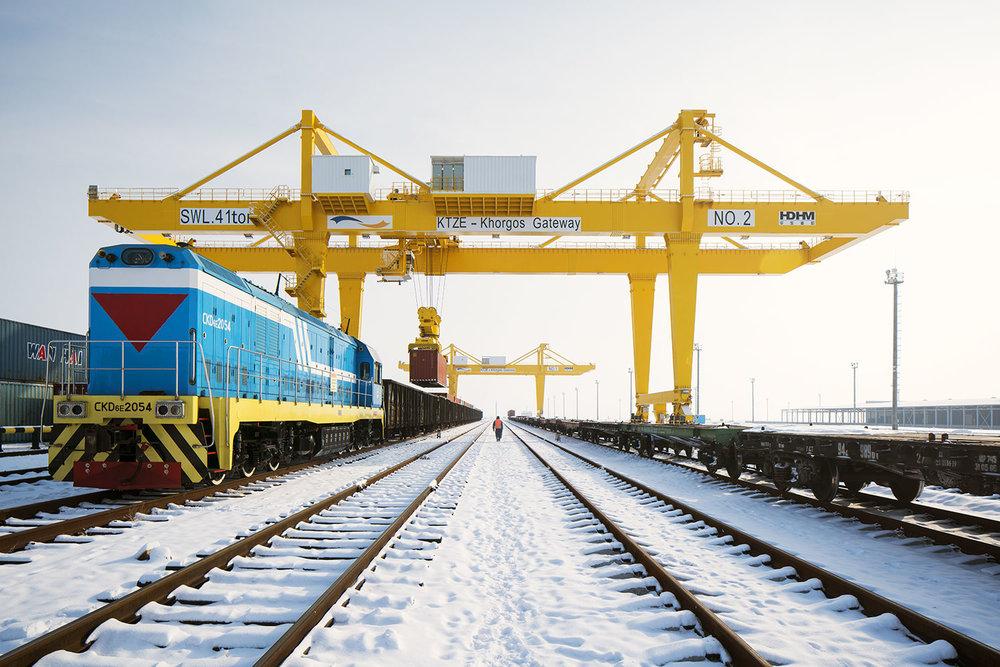In the Midst of Unrelieved Turbulence, A New, More Imaginative Politics Beckons
archive


In the Midst of Unrelieved Turbulence, A New, More Imaginative Politics Beckons
In his essay on ‘National and Global (Dis)order’, Ahmet Davutoğlu laments the unfulfilled expectations generated by the end of the Cold War. He points to short-termism and narrowly conceived self-interest as underpinning multiple international crises. And, he rightly reminds us that to make sense of this sorry tale of missed opportunities, we need historical perspective and a holistic view of the economic, social, and political earthquakes that are shaking the world to its foundations.
However, to make sense of our predicament we need to focus more sharply on the underlying causes of what we may term institutional failure. These causes span across the domestic-international divide, and help to explain not just the souring of great power relations and the escalation of civil and regional conflicts, but also the inability of the international community to deal with a range of transnational security challenges, of which climate change and the refugee crisis are but the most dramatic.
Two key factors, largely absent in Davutoğlu’s analysis, merit particular attention. These are the ascendancy of the neoliberal order and the mishandling of the global power shift.
Neoliberalism and its Aftermath
Over the last four decades, the neoliberal project has presented the unfettered market in goods, services and capital as holding the key to prosperity for advanced and developing economies alike. From this overarching premise have followed a string of policies and practices: downsizing of government, financial and industrial deregulation, lower levels of taxation, corporate tax evasion, immigration designed to reduce labor costs, and free trade agreements negotiated behind closed doors.
As a consequence, we are witnessing the enduring effects of the 2008 global financial crisis, unprecedented inequalities of wealth and income, economic stagnation in much of Europe, and mounting public discontent. The experience of economic pain, especially by those hardest hit, has in turn fueled rising levels of xenophobic discourse, highly dangerous forms of scapegoating, much of it leveled against Islam, and the spread of political populism preaching insularity and diseased patriotism. This is as much Trump’s message as it is that of Gert Wilders and Marie Le Pen.

The geopolitical implications of all this are now painfully obvious. Anxieties generated by predatory globalization are reflected in diminishing support for global multilateral responses to financial and security crises. The UN system is a prime casualty of this trend. So are regional institutions, including the European Union, hitherto regarded as the most successful form of regional integration. At the same time, the increasingly volatile political environment has prompted many Western governments to conceal their weakness by resorting to force when dealing with the Muslim world, in particular conflict in the Middle East and the ‘terrorist’ threat at home and abroad. Vested economic and financial interests, emboldened by the neo-liberal agenda, have also led western governments to support some of the most despotic regimes in the Arab world. Ironically, several of these, notably Saudi Arabia, have been significant funders of Islamic fundamentalism and terrorist groups, and prime movers in the dangerous offensive against Iran and its allies, thereby further derailing Western policies in the Middle East.
Global Power Shift
Equally challenging have been the seismic geopolitical shift from a hegemonic center to a multicentric system and the equally far-reaching shift from West to East. The failure to deal constructively with this dual shift carries immense risks for the future.
In Russia and China, the United States faces two centers of power that no longer feel the need to comply with US interests and priorities. After years of humiliation Putin’s Russia is reasserting its influence. Starting from a low base, China has sustained over the last three decades the most remarkable rate of economic growth in modern history, and is now seeking to exert commensurate political influence.
Russian weakness and US triumphalism for a time obscured America’s relative political decline. But recent events, notably costly military interventions in the quicksands of Afghanistan, Iraq, Libya and Syria, have accentuated the trend. Trump’s futile promise to “make America great again” is grudging recognition of the trend.

Russian Su-24 passes low over the USS Donald Cook in the Baltic Sea, April 12, 2016. Photo: US Navy.
Perhaps the most glaring symptom of the power shift is the souring of Russo-American relations, now at their lowest ebb since the mid-1980s. The key factor has been NATO’s expansion right up to Russia’s doorstep, absorbing much of Eastern Europe and even the three Baltic states (formerly part of the Soviet Union).
The bombing of Serbia without UN Security Council approval, US withdrawal from the Anti-Ballistic Missile Treaty, the US invasion of Iraq in defiance of UN opposition, overt support for the color revolutions on Russia’s doorstep (Ukraine, Georgia, Kyrgyzstan), and the Magnitsky Act singling out Russia for human rights violations, have dealt a heavy blow to the bilateral relationship. Western military intervention in Libya, which, contrary to US assurances, brought about regime change, could not but sow seeds of deep mistrust.
The Ukraine crisis has since led to steadily expanding US and European sanctions against Russia and renewed efforts to ramp up NATO deployments and joint exercises in Eastern Europe. US deployment of a ballistic missile defense system in Romania and Poland was bound to be viewed by Moscow as further evidence of an American containment strategy.
Putin’s response has been to use force in Georgia in 2008, support the independence of the two breakaway regions of Abkhazia and South Ossetia, strengthen Russia’s position in eastern Ukraine, annex Crimea, challenged western military intervention in Libya, extend strong military support to the Assad regime, and adopt a far more assertive stance at the UN Security Council and in several regional conflicts.
Equally challenging have been the seismic geopolitical shift from a hegemonic center to a multicentric system and the equally far-reaching shift from West to East. The failure to deal constructively with this dual shift carries immense risks for the future.
China’s rise has been similarly mishandled. Through its ‘strategic pivot to Asia’, the Obama administration committed itself to redeploying 60 per cent of US air and sea power to Asia by 2020. It forcefully supported the Philippines in its maritime dispute with China, strengthened the security commitment to Japan, allocated troops to the Philippines, Australia and Singapore, and agreed to supply Taiwan with advanced weapon systems. These and other measures, likely to be supported by the Trump administration, are designed to maintain US military supremacy in the Asia Pacific and thwart China’s re-emergence as a major center of power.

Khorgos Gateway, a dry port on the China-Kazakh border regarded as a key cargo hub on the new Silk Road.
In response China has vigorously asserted its position in maritime disputes with the Philippines and Japan, ignored the ruling of the Permanent Court of Arbitration in 2016, pursued an economic charm offensive in Central Asia and Southeast Asia, and expanded relations with Russia, the most dramatic development to date being the $400 billion gas deal signed in Shanghai in May 2014. More ambitious still is Xi Jinping’s decision to create a new ‘Silk Road’. Backed by massive financial investments coming from the Asian Infrastructure Investment Bank and the Silk Road Fund, the ‘Silk Road Economic Belt’ may prove the most impressive and enduring symbol of the Chinese renaissance.
A Unique Moment
This, then, is a unique moment to take stock of current trends and future possibilities.
The prospect of a policy reset by the three major centers of power seems remote, at least in the immediate future. More promising is the possibility that small and middle powers, including friends and allies of the United States, will seek in coming years to fashion a more imaginative course. This will involve abandoning the politics of austerity, rethinking relations with the Muslim world, reducing their dependence on great and powerful friends, reviving their commitment to the international rule of law, and breathing new life into the regional and global institutional architecture.
The foundations for much of this already exist. Small and middle powers were key players in the successful coalitions that led to the Cluster Munitions Convention (2010), the establishment of the International Criminal Court (2002) and the Land Mines Convention (1999). Each of these initiatives involved constructive collaboration between governments, multilateral institutions and civil society organizations. This model can be usefully applied to devise durable solutions to other pressing transnational challenges, including a better regulated international financial system, a more ambitious international climate change regime, and globally and regionally negotiated arrangements to deal with the unprecedented numbers of people fleeing persecution, violence, and environmental disruption.
The prospect of a policy reset by the three major centers of power seems remote… More promising is the possibility that small and middle powers, including friends and allies of the United States, will seek in coming years to fashion a more imaginative course.
Given the diminishing utility of military power, the likes of Norway, New Zealand, Canada, Ireland, Greece, perhaps South Korea, the Philippines, and even Australia will be increasingly tempted to disengage from dangerous military entanglements and join current efforts to outlaw the use and possession of nuclear weapons. Deepening transatlantic tensions coupled with greater civil society activism may well incline European governments to develop the skills and infrastructure needed for collaborative conflict resolution and peace-building initiatives.
However, the multilateral agenda is unlikely to make much headway without firmer foundations. To this end governments will need to breathe new life into intercultural policies. The dialogue of cultures and civilizations was greatly energized by Iran during president Khatami’s presidency, but his successors showed little interest in the idea. Similarly, the welcome initiative by Turkey and Spain that launched the Alliance of Civilizations soon lost steam, as both governments became embroiled in counterproductive policies at home and abroad. Yet, the dialogical enterprise holds the key to a constructive and enduring relationship between the West and Islam.
Fortunately, the intercultural project has been embraced with increasing energy by social movements, educators, intellectuals, scientists, community, religious and professional leaders, and by the socially aware corporate and philanthropic sectors. In the years ahead it could well provide the glue that makes possible a coherent partnership between government and civil society and give the necessary impetus to the transition from unilateralist impulses and interventions to acceptance of a truly multicentric world.
A new, more imaginative politics is beckoning.



